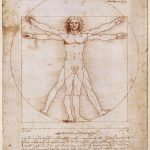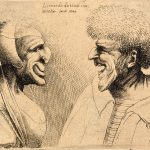I’m pleased to announce the release of the new issue of the journal Emotions: History, Culture, Society, which includes my article Anger as Misshapen Fear: Fascism, Literature, and the Emotional Body. 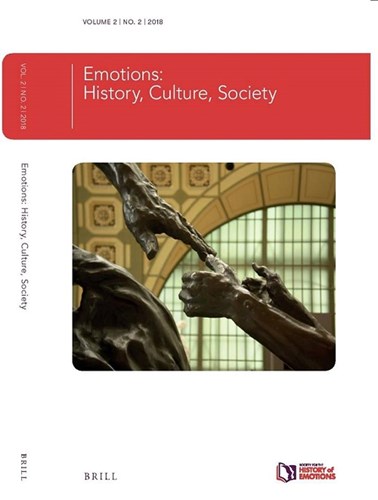
Category Archives: Generic Figures
Socialising anger. Fascism and emotions
Last June 22nd I participated in the Literature and Social Emotions Conference at the University of Bristol. I presented a paper titled Socialising Anger. Literary Representations of Emotional Communities under Fascism, which is a development of the research I first presented one year ago and will result in a broader scrutiny on the representation of emotions in fascism-related Italian literature. What follows is the text of the Bristol’s paper.
1.
Italian fascism pursued strict management of public feelings. It aimed at a wide and deep control of human thoughts and experiences. That is to say, it built what William Reddy defines an ‘emotional regime’; it established a set of practices which inculcated normative emotions, like enthusiasm, exaggerated optimism, national pride. Nevertheless, the euphoric feelings displayed in public represent just one of the emotional layers of fascist Italy. Despite the appearance of unanimous acceptance, fascism largely derived consensus from violence and intimidation. As denounced by Carlo Emilio Gadda in the very first lines of his anti-fascist satire Eros e Priapo, written in 1944-1945.
Collective and individual consciousness, threatened by the knife, the truncheon, the torture; and silenced by prisons, extorsions, vetos against free expression; it was concealed in a hidden, invisible lagoon of history, beyond hate and dullness, and belonged to the refugees, the persecuted, the prisoners, the humiliated, children of deportees and executed to death.
Along with material and physical coercion, fascism caused the emotional suffering of part of the population. Gadda sketches the existence of what Reddy would call an ‘emotional refuge’, a cluster of social conditions and related practices diverging from the emotional regime.
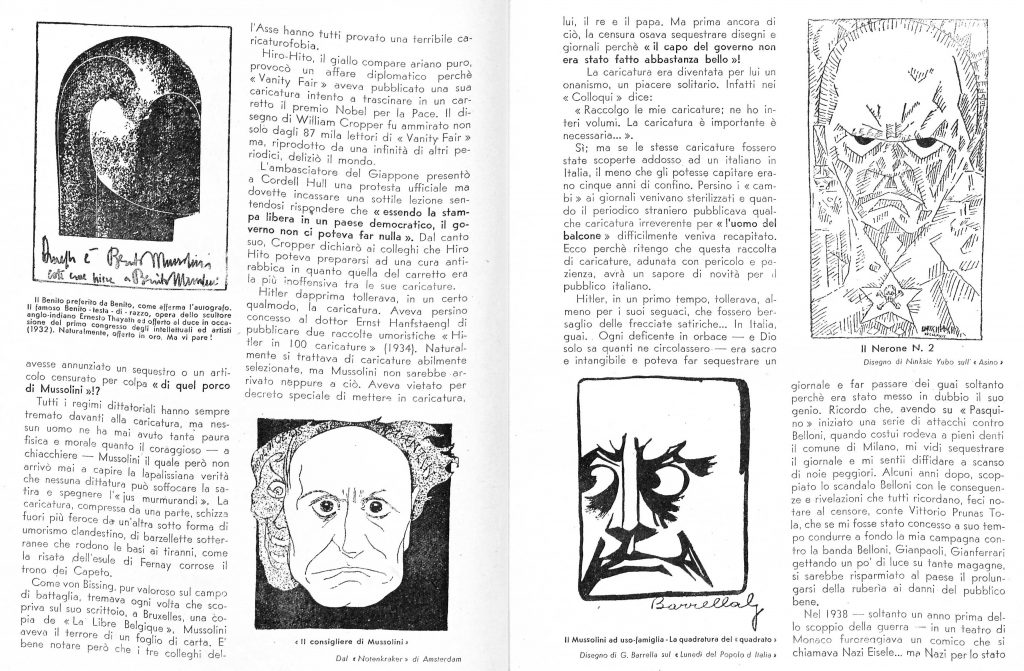
Anger as misshapen fear: fascism and the emotional body
What follows is the text of the paper I gave the 20 June 2017 at the International Conference «Fears and Angers. Historical and Contemporary Perspectives», Queen Mary University, 19-20 June 2017.
Probably Federico Fellini’s Oscar-winning movie, Amarcord, released in 1973, perfectly defines what was supposed to be the, as William Reddy would say, «emotional regime» of fascism. Enthusiasm, faith, happiness, and veneration for the Chief were the dominant public feelings endorsed by fascism. But, despite the public ceremonies being widely, and often sincerely, officiated by Italian people, fascism largely derived consensus from violence and intimidation.
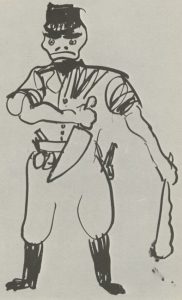
Giacomo Manzù, Black Brigadist, 1943
Breaking news! Media and caricature in Bontempelli’s literature
I just published the essay “Edizione straordinaria! Bontempelli e la cognizione della Grande Guerra”, within the volume Dal nemico alla coralità. Immagini ed esperienze dell’altro nelle rappresentazioni della guerra degli ultimi cento anni, edited by Alessandro Baldacci (Firenze: LoGisma, 2017).
The essay analyses two novels by the Italian writer Massimo Bontempelli, La vita intensa (1920) and La vita operosa (1921). I look at how these literary texts represent the «intense life» of the post-WWI metropolis, in whose spaces an analogy is established between the violence of war and the violence of peacetime dominated by the semiotic aggressiveness of modernity. Particularly, the psychic pressure of war seems to be extended by the pressure of the media system, which in those years was sky-rocketing and becoming increasingly complex and widespread.
Bontempelli’s two experimental novels are first published serially in two different magazines: «Ardita», a graphically dynamic and modern magazine issued monthly with the newspaper «Il Popolo d’Italia», in the case of La vita intensa.
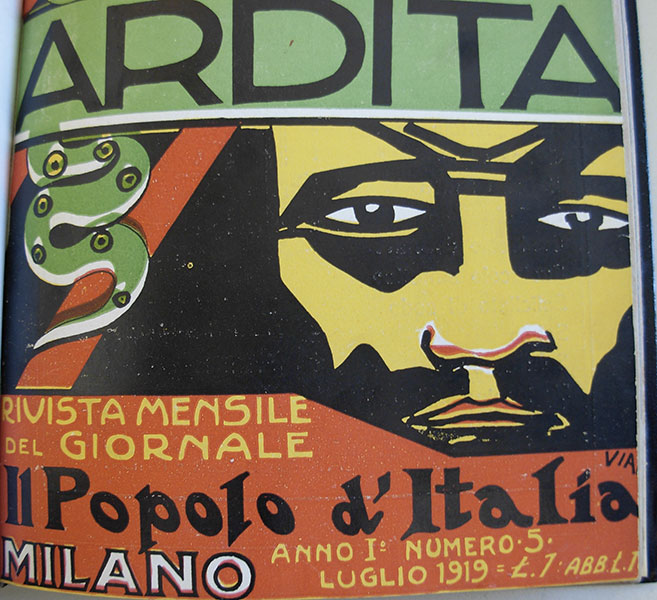
«Ardita»’s cover designed by the artist Lorenzo Viani
«Industrie Italiane Illustrate», a journal funded by industrial companies, in the case of La vita operosa, which interestingly is a novel that largely satirises the way capitalism affects the human existence at the point that even bodies and minds are shaped by its force.
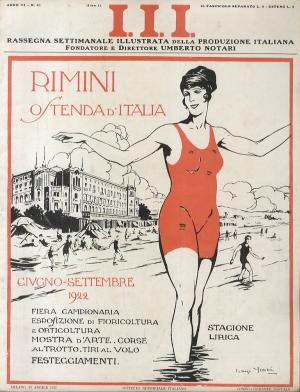
Brexit. Good night and good luck, Europe
I recently interviewed the historian Donald Sassoon on Brexit and the (poor) political situation in Europe. Our dialogue will introduce a book titled Brexit. Buona fortuna, Europa, published by Luca Sossella Editore within the new series Collassi, directed by Luca Massidda and Mario Pireddu and dedicated to the analysis of contemporary emergencies: disruptions of the past, crises of the present, and symptoms of the future.
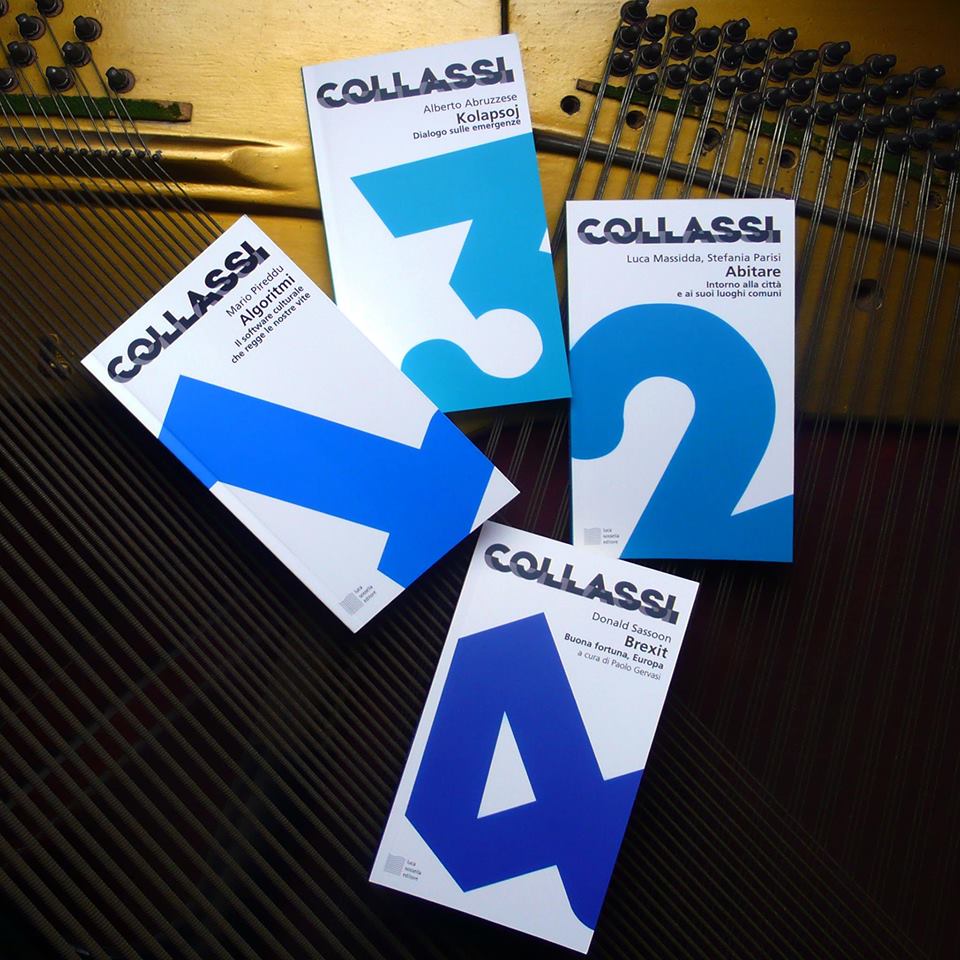
Parini: last days of aristocracy
In 1763 the Abbot Giuseppe Parini composes the poem Il Giorno, a satirical text addressing the inactive, lazy, superficial life of the aristocracy. Pretending to be an ode written in praise and for the education of a Young Gentleman, the poem harshly criticises the parasitic emptiness of noblemen and women. As a parody of a eulogy, Il Giorno deforms the classical poetic style, applying the language and rhetoric of epic and mythological tradition to the frivolous daily activities of the gentleman. The text provides a series of caricatures: first, the Young Lord is scared to death by the word “work”, and his hair stands on end (vv. 54-56):
Ma che? Tu inorridisci, e mostri in capo,
qual istrice pungente, irti i capegli
al suon di mie parole?
Leonardo: the first caricaturist
While reaching an outstanding complexity in the improvement of the human portrait, while exploring the perfection of the human body’s proportions and symmetries, Leonardo da Vinci sketches several experiments in deformation and exaggeration of the human figure.
- Leonardo Da Vinci, Lady With an Ermine, 1489-1490, Cracow, Czartoryski Museum. Source: Wikimedia Commons, public domain.
- Leonardo da Vinci, Vitruvian Man, Venice, Galleria dell’Accademia, Gabinetto dei disegni e delle stampe. Source: Wikimedia Commons, public domain.
- Wenceslaus Hollar, Two Deformed Heads after Leonardo,1645. Source: Wikimedia Commons, public domain.
Scholars refer to Leonardo’s deformations as proto-caricatures, because of their lack of explicit satirical aims. Indeed, Leonardo’s misshapen figures are entangled with his more general inquiry on the human subject, on the inherent shape, both physical and psychological, of the human individual. In this perspective, the caricature can be considered as the exploration of divergent possibilities of representation of humanness, and also a form of criticism against the canonization of the Renaissance portrait, that adopted idealized models screening off the observation of reality.
Alcina’s double portrait
In the seventh canto of Ludovico Ariosto’s Orlando furioso (1532) Ruggiero arrives at the island of the sorceress Alcina. The sorceress encounters him on the threshold of her wonderful palace. She appears as the image of beauty itself. «Her person», Ariosto writes, «is as shapely and as fine / As painters at their most inspired can show», and her face presents a «perfect symmetry». The long description accurately depicts every detail of Alcina’s face and body. (OF, VII, 11-16):
Di persona era tanto ben formata,
quanto me’ finger san pittori industri;
con bionda chioma lunga ed annodata:
oro non è che più risplenda e lustri.
Spargeasi per la guancia delicata
misto color di rose e di ligustri;
di terso avorio era la fronte lieta,
che lo spazio finia con giusta meta.Sotto duo negri e sottilissimi archi
son duo negri occhi, anzi duo chiari soli,
pietosi a riguardare, a mover parchi;
intorno cui par ch’Amor scherzi e voli,
e ch’indi tutta la faretra scarchi
e che visibilmente i cori involi:
quindi il naso per mezzo il viso scende,
che non truova l’invidia ove l’emende.Sotto quel sta, quasi fra due vallette,
la bocca sparsa di natio cinabro;
quivi due filze son di perle elette,
che chiude ed apre un bello e dolce labro:
quindi escon le cortesi parolette
da render molle ogni cor rozzo e scabro;
quivi si forma quel suave riso,
ch’apre a sua posta in terra il paradiso.Bianca nieve è il bel collo, e ’l petto latte;
il collo è tondo, il petto colmo e largo:
due pome acerbe, e pur d’avorio fatte,
vengono e van come onda al primo margo,
quando piacevole aura il mar combatte.
Non potria l’altre parti veder Argo:
ben si può giudicar che corrisponde
a quel ch’appar di fuor quel che s’ascondeMostran le braccia sua misura giusta;
e la candida man spesso si vede
lunghetta alquanto e di larghezza angusta,
dove né nodo appar, né vena eccede.
Si vede al fin de la persona augusta
il breve, asciutto e ritondetto piede.
Gli angelici sembianti nati in cielo
non si ponno celar sotto alcun velo.Avea in ogni sua parte un laccio teso,
o parli o rida o canti o passo muova:
né maraviglia è se Ruggier n’è preso,
poi che tanto benigna se la truova.
Quel che di lei già avea dal mirto inteso,
com’è perfida e ria, poco gli giova;
ch’inganno o tradimento non gli è aviso
che possa star con sì soave riso.


